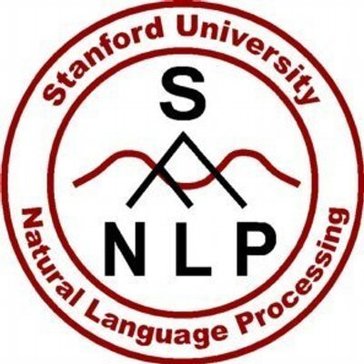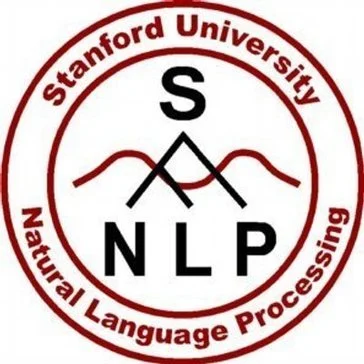
Stanford SPIED
Stanford SPIED is a software tool that utilizes bootstrapped pattern-based learning to extract entities from unlabeled text. By inputting seed sets of predefined entity classes, it identifies and outputs related entities, patterns, and JSON visualizations, aiding researchers in enhancing information extraction processes efficiently. The system supports multi-class learning and offers customizable settings for diverse applications.
Top Stanford SPIED Alternatives
Stanford Part-Of-Speech Tagger
The Stanford Part-Of-Speech Tagger is a powerful Java-based tool that analyzes text and assigns parts of speech to words, including fine-grained tags like 'noun-plural'.
Engati Chatbot Platform
An enterprise-grade Conversational AI platform, Engati transforms customer experiences through Gen-AI powered chatbots, live chat, and multi-channel campaigns.
IBM Watson Natural Language Understanding
IBM Watson Natural Language Understanding harnesses advanced AI to analyze text and extract meaningful insights.
Ocelot
An innovative AI-driven solution, Ocelot enhances student engagement by enabling staff to provide tailored support at scale.
Natural
"Natural" serves as a versatile natural language processing toolkit for Node.js, providing various functionalities such as tokenization, stemming, and classification.
MindMeld
MindMeld enables users to effortlessly order food and drinks from nearby restaurants through a conversational interface.
TextAnalysis.jl
It integrates features from the Languages and WordTokenizers packages and enhances functionality with neural network...
ChatScript
Renowned for its effectiveness, it has won the prestigious Loebner Prize four times...
retext
It operates seamlessly across different environments, empowering users to check spelling, improve typography, and ensure...
Puck
Capable of parsing up to 400 sentences per second, it excels in handling large datasets...
knwl.js
With an array of parser plugins, users can easily enhance its capabilities...
SnowNLP
It offers functionalities such as word segmentation, part-of-speech tagging, and sentiment analysis, all implemented without...
Arria
Its unique, rules-based technology automates financial analysis and operational reporting, allowing organizations to make informed...
NLP.js
It features utilities for string similarity and distance calculations, including both recursive and iterative implementations...
Text-Processing
It proficiently performs phrase extraction and named entity recognition, enabling users to extract meaningful insights...
Top Stanford SPIED Features
- Bootstrapped learning algorithm
- Multi-class entity extraction
- Customizable input seed sets
- Visualization output in JSON
- Iterative pattern learning
- User-friendly properties file
- Comprehensive documentation provided
- Support for unlabeled text
- Efficient extraction from large datasets
- Enhanced accuracy in entity recognition
- Integration with Stanford CoreNLP
- Example data for quick setup
- Support for multiple entity types
- Real-time pattern visualization
- Open-source licensing for research
- Beta version with active testing
- Detailed FAQ for user support
- Email support from developers
- Regular updates and release history.














